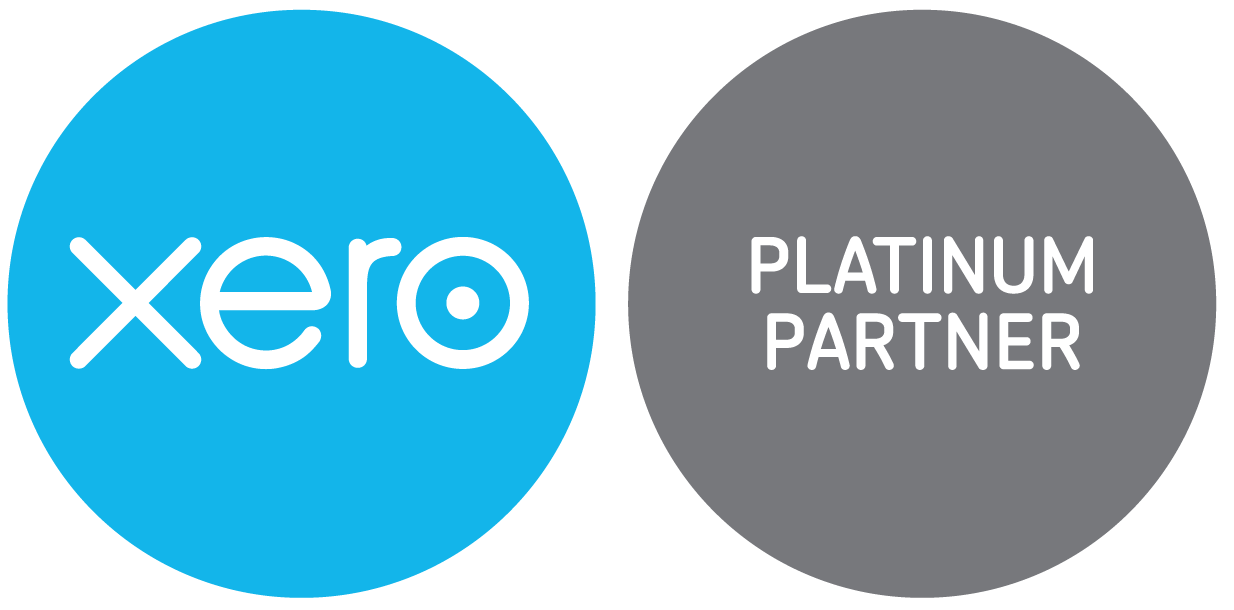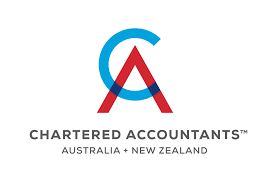Xero: Classic Invoicing Is Retiring - 2 September 2024

For some time now, Xero has offered its users two invoicing options: classic invoicing and new invoicing. However, in line with its ongoing commitment to innovation and to make way for enhanced features and improved functionalities, Xero has announced that it will retire the classic invoicing option, effective September 2, 2024.
We understand that change can be an unsettling thing, but we assure you that Xero's new invoicing option is packed with time-saving tools designed to make invoicing more efficient. While some things may look a little different, all of your settings and invoice templates will seamlessly carry over.
If you are not already using new invoicing, now is the perfect time to make the switch. By familiarising yourself with the new version early on, you'll have plenty of time to adjust and get comfortable with the new interface.
How do I make the switch:
You can make the switch to the new version of invoicing by clicking on the 'switch to new version', button in classic invoicing. You can also switch back to classic invoicing until it's retired, giving you the flexibility to choose which version works best for you. Xero also offers helpful resources and support to guide you through the transition process.
What features can you expect in the new version?
Xero is continuously working on adding new features to the new version of invoicing. Before the retirement of classic invoicing, they will be incorporating many of the features that are currently available in classic invoicing, such as the ability to copy invoices to other documents, create overpayments, and view detailed history and notes.
Additionally, there will be exclusive features in the new version, including more flexible invoice customisation tools, improved email templates for faster payments, and an easier way to personalise payment methods directly from your invoice.
We're here to help:
If you need any assistance with the transition, please don't hesitate to contact our team on 04 970 1182.
We're here to help.












